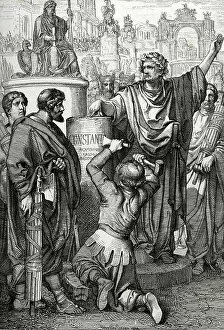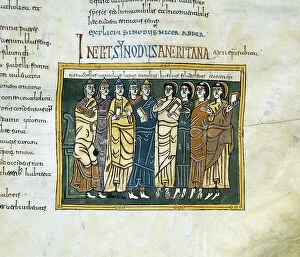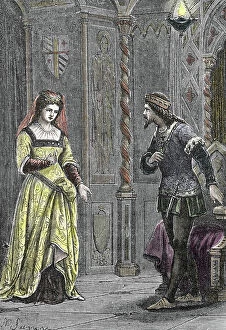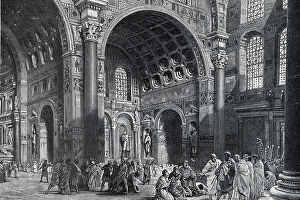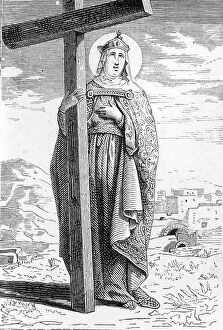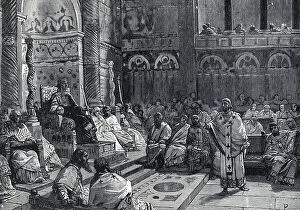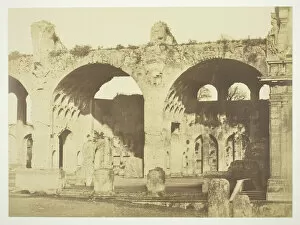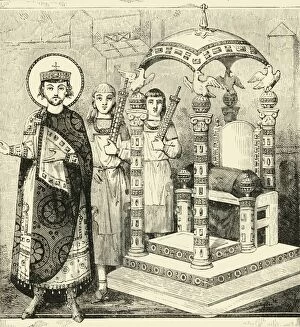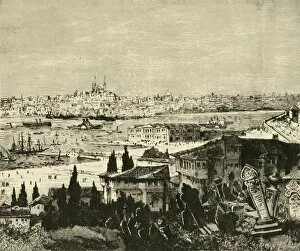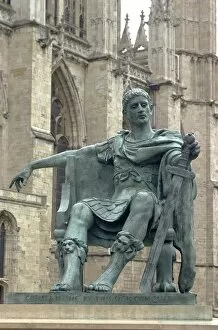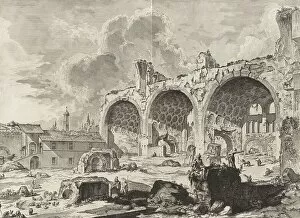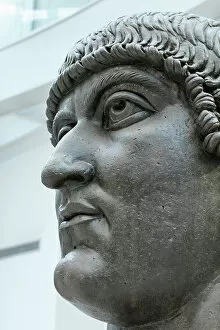Constantine The Great Collection
Constantine the Great, also known as Constantine I, was a Roman emperor who left an indelible mark on history
All Professionally Made to Order for Quick Shipping
Constantine the Great, also known as Constantine I, was a Roman emperor who left an indelible mark on history. One of his most significant achievements was the foundation of Constantinople, which he established by transferring the imperial capital to Byzantium and renaming it Constantinople. This monumental decision forever altered the course of both Rome and Byzantium. During his reign from 306 to 337 AD, Constantine solidified his place in history as a powerful leader. A steel engraving from the 19th century depicts him with an air of authority befitting an emperor. His rule extended far beyond Rome's borders; even Grand Duke Constantine Nikolaevich of Russia paid homage to this great ruler during a meeting with George I of Greece in Pavlovsk, Saint Petersburg. One iconic symbol associated with Constantine is the Arch of Constantine, erected around 315 AD in commemoration of his triumph over Maxentius at the Battle of Milvian Bridge. This triumphal arch stands proudly in historical Rome and serves as a testament to Constantine's military prowess. Another depiction shows us Arcus Constantini Allaeq Antiquitates Proxmae - The Arch of Constantine situated between the Colosseum and Palatine Hill in ancient Rome. Its grandeur speaks volumes about its significance during that time. The Palace of Laterani also played a role in shaping Constantine's legacy. Originally belonging to the Laterani family, it came into his possession through Fausta, his wife. Eventually, he bestowed this palace upon the Church under Miltiades' leadership – showcasing his devotion to Christianity. In exploring ancient Rome further, we find remnants such as Nero's Golden House or what is commonly referred to as Temple of Peace but is actually Basilica Maxentius and Constantine today. An image from Italy dating back to 1760 captures these remains beautifully. Artistic representations of Constantine's life are also prevalent.


